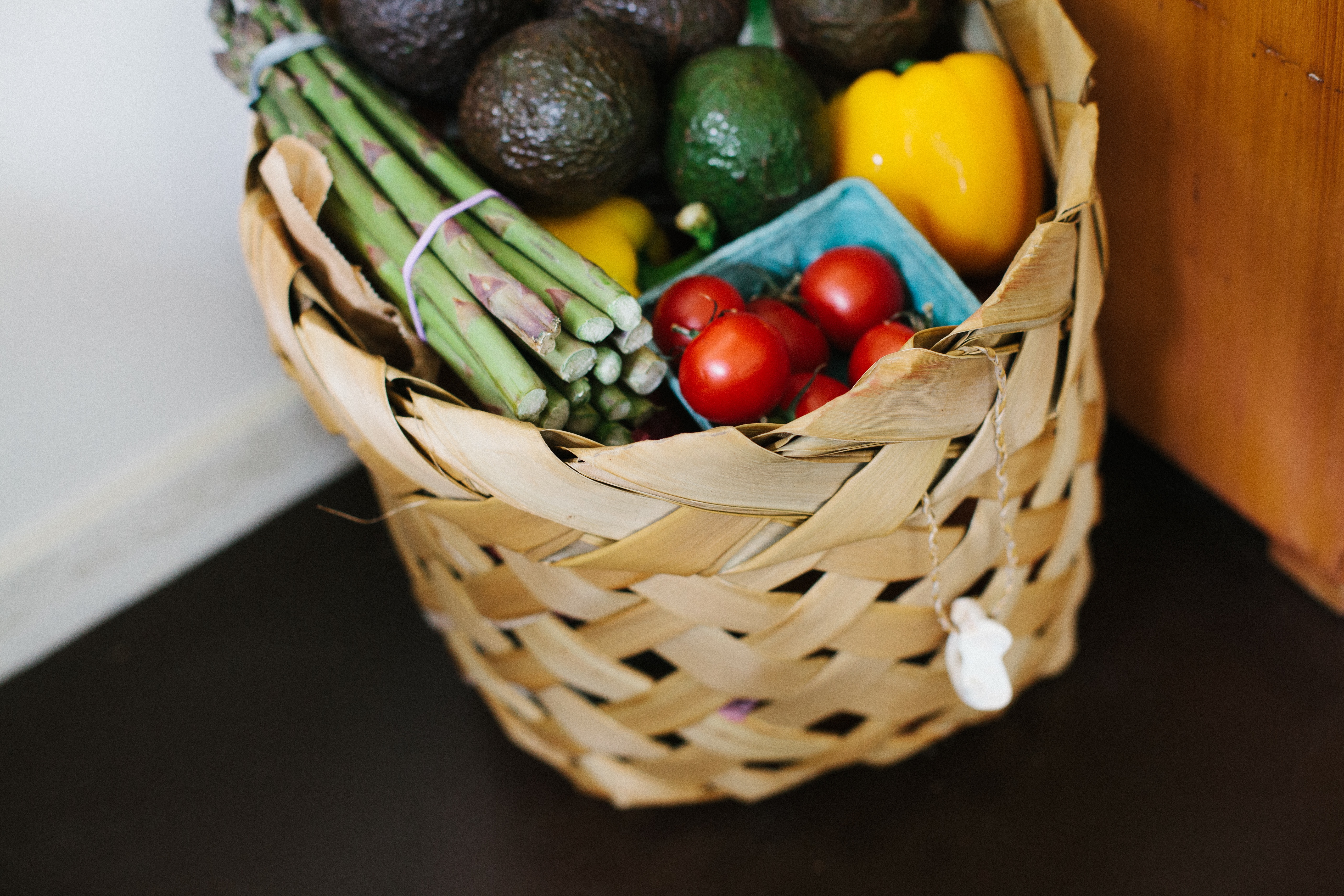FSMA Deadlines and Details
Aspects of the Food Safety Modernization Act (FSMA) Explained
By Brian German, Associate Broadcaster
As many 2011 Food Safety Modernization Act (FSMA) provisions near their deadline for the first step in compliance, the U.S. Food and Drug Administration (FDA) announced an extension for many aspects of the new rules to allow growers and processors more time to clarify certain provisions to ensure compliance. Jon Kimble, food safety services manager with Sacramento-based DFA of California, a non-profit trade association formerly called the Dried Fruit Association, weighed in on several FSMA provisions and compliance.
“The Preventive Controls Rule is the biggie that came out. This rule is largely based on the existing Hazard Analysis Critical Control Point (HACCP) structure that the food industry is familiar with, but with some slight modifications and specifics that are unique to the regulation,” noted Kimble. HACCP is an international standard that defines requirements for effective food safety control from biological, chemical, and physical hazards in the production processes that could cause the finished product to be unsafe.
The Preventive Controls Rules for Human and Animal Food was enacted September 18, for large operations. Small and mid-sized companies will have until September 2017 and very small companies have until September 2018.
The Produce Safety Rule, another critical part of the Food Safety Act that was published last November, provides farm standards for the growing, harvesting, packing, and holding of produce for human consumption.
The Produce Safety Rule will come into effect for large farming operations within the next month.
Other portions of the act include the Foreign Supplier Verification Programs (FSVP) for Importers of Food for Humans and Animals and Accredited Third-Party Certification, which relate to imported food products. “There are some regulations that you have to comply with whether you are a food processor or a broker importing food,” Kimble explained.
Finalized earlier this year, the Sanitary Transportation Rule pertains to service scenarios where foods are exposed and not packaged. This rule covers food transported in bulk; vehicle cleanliness, design and maintenance, temperature control; prevention of the contamination of ready-to-eat food (from touching raw food, non-food items in the same load or previous load, and cross-contact with food allergen); training of carrier personnel in sanitary transportation practices; documentation of the training; and maintenance and retention of records.
The Sanitary Transportation Rule has a compliance deadline of April 2017 for large companies.
FSMA also includes the Intentional Adulteration Rule, which “relates to what we would traditionally call food defense or security measures to prevent intentional contamination of the food supply,” Kimble said.
Founded in 1908, DFA is one of the oldest food safety companies in the U.S. that provides commodity inspection services and support to packers, processors and exporters in the dried fruit, tree nut, and kindred product industry through commodity inspection, the Red Seal Program, and the Export Trading Company (ETC).
Safe Food Alliance, a new division of DFA of California serves as a resource to the food industry for any and all food safety practices. Services include food safety training and consulting, laboratory testing and analysis, and third party certification audits conducted by Safe Food Certifications, LLC.


















 Thorne: That’s right. Conventional and organic alike, wash them before you eat them. It’s a healthful habit that everybody should follow for various reasons. And the U.S. Food and Drug Administration (FDA) clearly states that you can reduce or eliminate any residues that may be present on fruits and vegetables, simply by washing.
Thorne: That’s right. Conventional and organic alike, wash them before you eat them. It’s a healthful habit that everybody should follow for various reasons. And the U.S. Food and Drug Administration (FDA) clearly states that you can reduce or eliminate any residues that may be present on fruits and vegetables, simply by washing.










